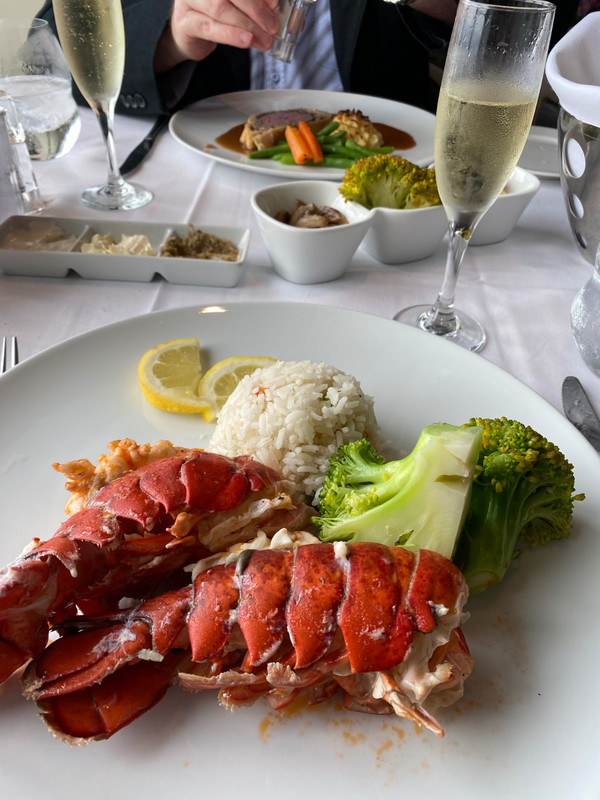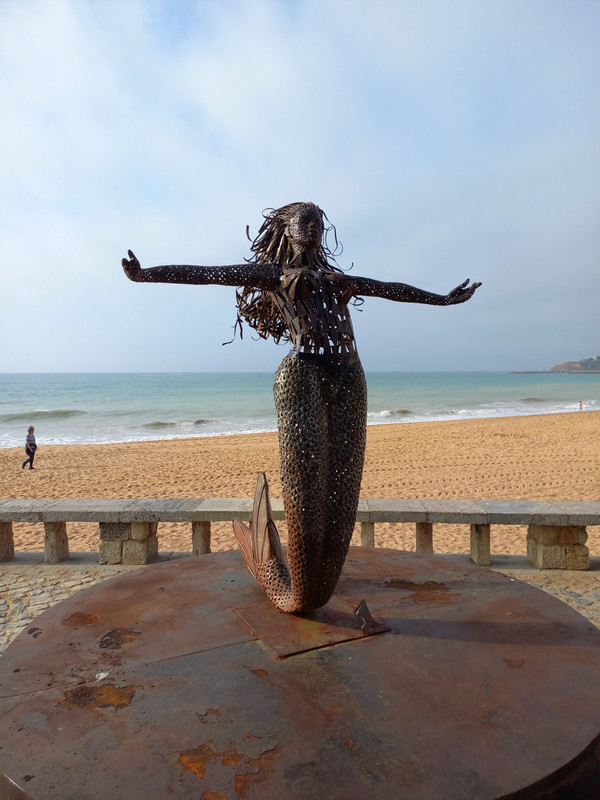After our ride Friday night in the classic cars, we were ready to learn about one mans private enterprise to literally capitalize on these flamboyant vehicles.
Julio Alvarez greeted us a bit late because he already had some tourists seeing his garage. Full of good humour and passion, he had us listening raptly to his story of passion and strategy. His father was a mechanic who trained his son from an early age; however, he actually wanted him to get a better education. Julio graduated university in Mechanical Engineering and later became a specialist technology, rising to CIO for a part of the government. However, when his and the countrys circumstances were right, he gave up his job and invested all of his money into restoring one classic car.
Competing with the classic car taxi monopoly was difficult, but he succeeded through offering tours rather than taxi rides. When he had restored a second car in a wild pink hue, his wife also drove. Novelty and service led to success. Now he has 22 cars on the road, including 12 which friends own and run under his brand of NostalgiCars . He employs drivers and mechanics, some
graduates from his partnership with the government trade school. The fortunes of Julio and Nidialys rose higher when they were invited to visit Washington to address students about cars and entrepreneurship in Cuba. To their amazement, they were further invited to the White House, where they had a video conversation with President Obama. Julio laughed at his own lack of formal clothing, hidden by the angle of the video camera. Later, when Michelle Obama visited Cuba, she rode in one of his cars; he proudly displays the letter of thanks.
The garage where he so passionately told us his life story only 2 months ago and featured a model gas station from the fifties. He was also passionate about his ability to change Cuba from the inside; he is demonstrating to the government that private enterprise is not to be feared and is a source of good jobs.
In artistic contrast, our next visit was to the Museo Nacional de Bellas Artes ; like our other guides, Glenda was passionate about her specialty. She took us to several specific paintings from the eighties and nineties, explaining the history and symbolism that we would never have known on our own.
Laid out on the lobby floor was a work entitled, Boat Race, by Kcho , an internationally recognized Cuban artist. He takes his inspiration in the moment by doing the installations personally. Dozens of little boats formed the shape of a large boat pointed towards the United States. Inside the outline were more little boats and detritus, such as a doll and a worn sneaker, all acknowledging Cubans lost at sea as refugees. This boat represents the island of Cuba and reflects the turmoil of the 1990s, especially the Mariel boatlift.
Glendas favourite painting, Milicias campesinas (1961), was full of implied action as mens faces pushed up into the frame in swirling colours and lots of black. She explained that the figures proclaimed the ideal citizens - male, strong, straight, passionate and peasant. Close by was Molote (1966). Faces are again pushing into the frame, but these are pale and frightened, if they are alive at all. By 1966, Cuba had experienced the Bay of Pigs invasion , men had died for the revolution, and threatened the new independence. Also, restrictions, shortages and chaos had upset revolutionary ideals. These painting dramatically revealed peoples personal and social turmoil.
Although the official rhetoric says otherwise, through Glenda confirmed my impression that Cuba is still a society; it does seem to be softening, perhaps because of equal education. La annunciacion (1963) was painted by the first and only recognized female artist in the 1980s, Antonia Eiriz. The woman in the painting is clearly unhappy to be pregnant in a time of chaos and uncertainty - counter to the Christian reverence for Marys annunciation.









